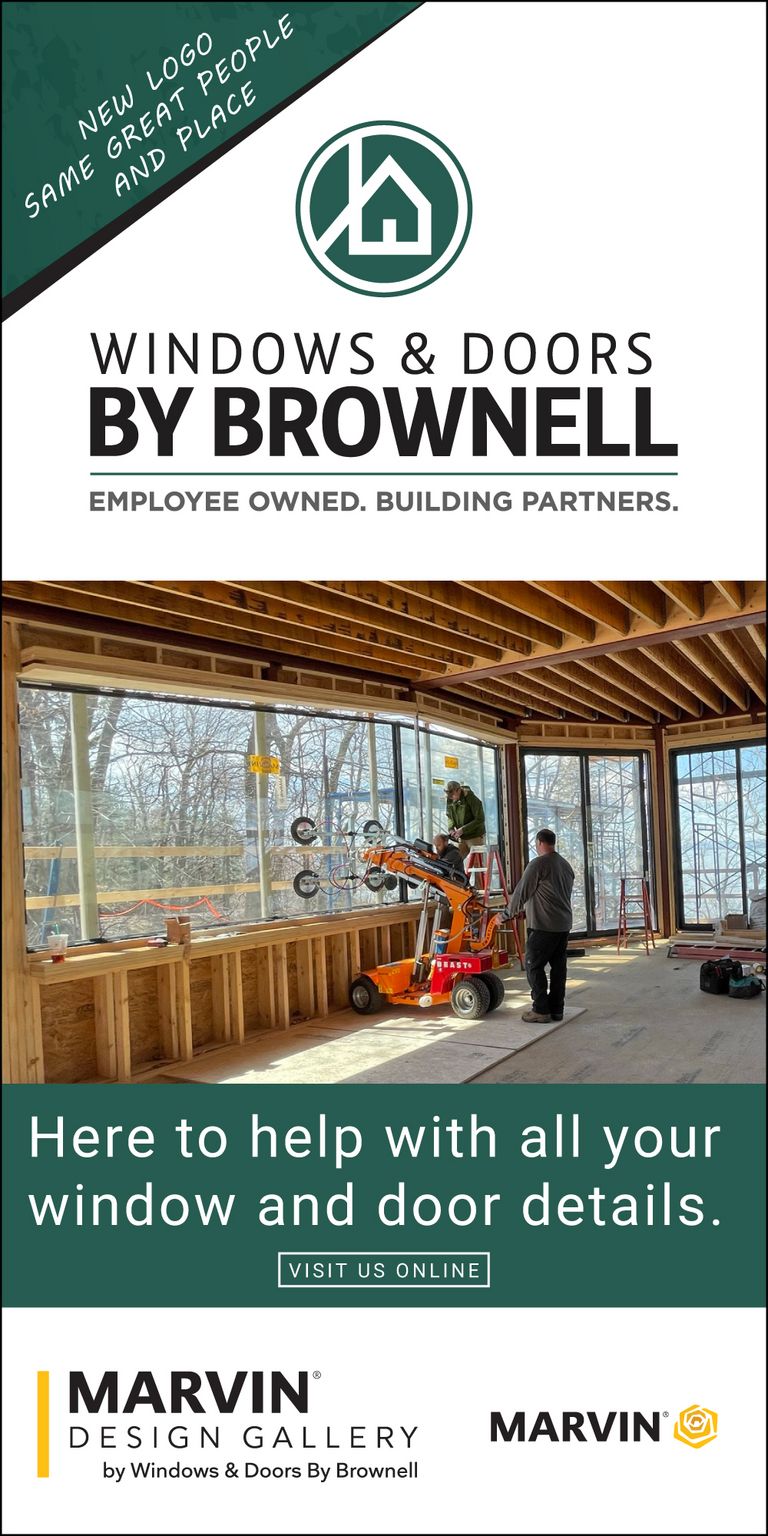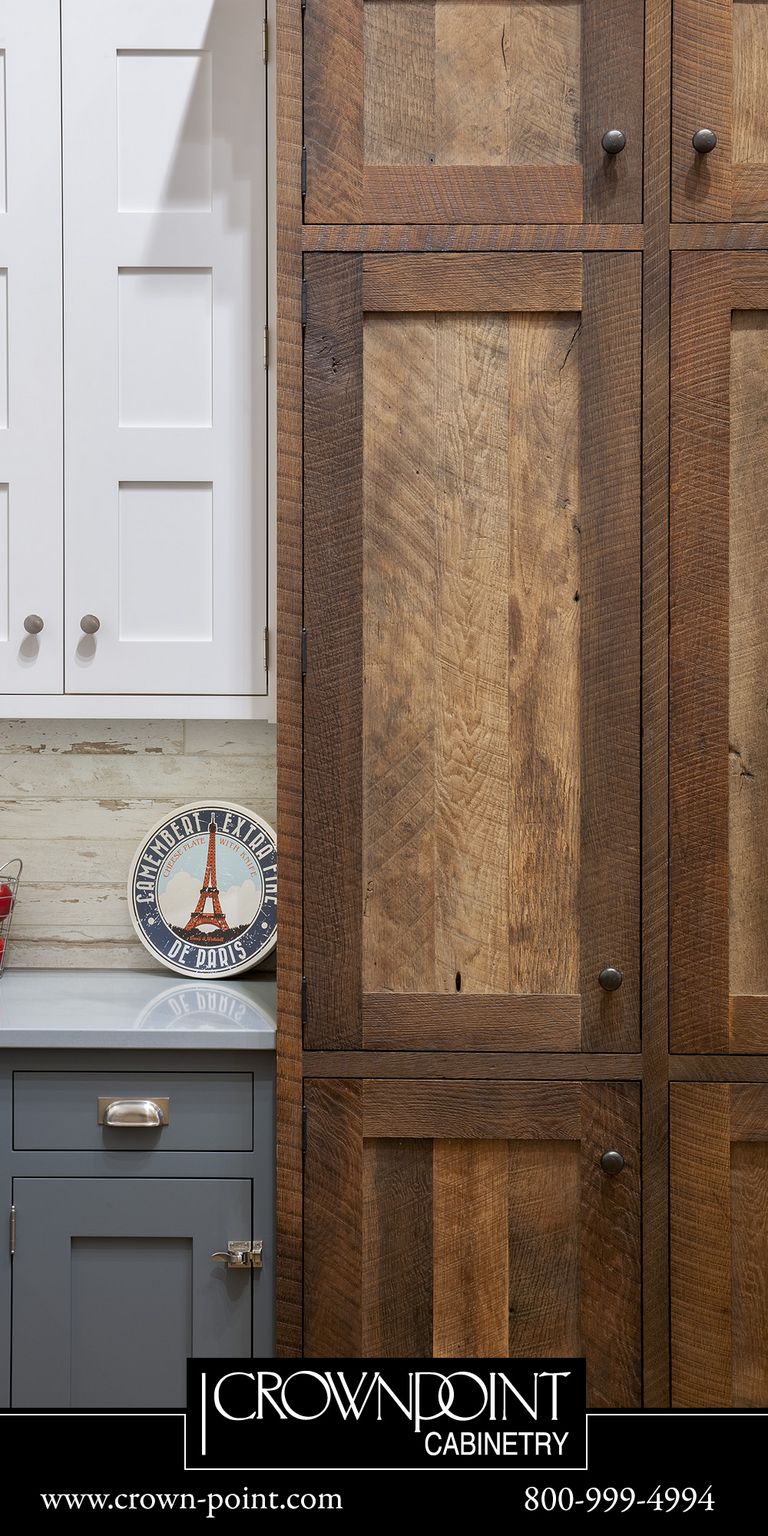A Brief History of the AIAVT Web Site
By Steve Clark
In early 2002, the AIA Vermont Board decided to accept a bid from studiowerks, a start-up web design company founded by Dana Adams, to create a web site for the AIAVT. The idea had been discussed for years, but the cost had always seemed daunting.
AIAVT president, Stewart Sutcliffe, as a sole practitioner, supported the project as a way for small firms to take advantage of the world wide web, as we used to call it. Stewart, David Epstein, Michael Hoffman and I were the committee charged with bringing the original web site into existence.
As the real work got underway, I worked with Dana, a neighbor, on day to day details of what we wanted and how we could make it work. When it became obvious we needed a web content manager, I agreed to take on this new job, and helped create content and upload data as Dana finished the website.
I had been a board member for 9 years at that point and had a pretty good knowledge of AIAVT as an organization. As it turned out, the cost was not nearly as daunting as the investment of time.
The board spent a good deal of time discussing what it wanted and didn’t want, on our new website:
We had intended to list Architectural Firms and Professional Affiliates, but soon added individual member architects and associate members.
No member was to be listed unless they asked to be and provided the listing information. There was concern for privacy and some fear of maintaining online security.
We wanted a calendar of Events with the upcoming events displayed on the home page. This and a banner of several Awards Entries have never left our home page.
AIAVT had an Awards program to fill our web pages with unique graphical content.
We created a page on what architects are, what they do and how they become architects. That also still exists with a few updates in our current pages.
We included an archive of our pdf Newsletters, all 4 of them to start.
No advertising. We were architects after all. Soon we added a Sponsor page with logos linked to organizations that provided financial support.
I collected lots of links I thought would be helpful or interesting online resources. These started out as Member Resources and became the Web Links page.
An article in this December 2002 Newsletter includes a preview of that first web site.
This page from the Internet Archive Wayback Machine shows our first website one month after it went live. Many of the internal pages are still accessible. To view other snapshots of the web site, use the timeline banner and click one of the black markers.
We had one memorable experience when our site was attacked around 2005. We had a feature where anyone could submit a web link for our website which I would either accept or reject. One day I checked my email and had received fifty or so “web links” with random text in them. I immediately contacted studiowerks and the site was shut down while the feature was disabled and the site scanned for damage. Fortunately everything was secure. Someone was looking for an easy way into our website.
The first redesign of the website occurred in 2007, also by studiowerks. Images took on a larger role as our accumulating awards library of images had grown. The visual design was significantly different and the main focus of this update. Our board spent time looking at other websites’ appearance and navigation, and we had found some features worked better than others.
In 2012, Paul Hansen of Ecopixel redesigned the website using a new, open source, content management system that offered more options for different kinds of data to be displayed, especially images. The website pages had grown and were reorganized for additional features such as online forms for member listings, and tools for displaying Events, RFPs and online newsletters. We also added slideshows to the home page.
This was another steep learning experience from the previous text and image system to one with many different components for different types of information. With this new system we did smaller updates and incremental automation improvements to refresh the site without major system changes. This meant less time could be spent on more information.
In 2018, a complete redesign of most of the display components was introduced. At the same time, the look and organization of the site was updated. Part of this was formatting the website to provide Adaptive Viewing. This allows each page to adjust its appearance depending on the size of your device’s screen. Now, cell phones and 24-inch displays, and anything in between, can view the same pages effectively, although they offer different user experiences.
We are now using larger images and “Card” headlines for Events, News and Jobs. These and Awards pages are now more automated than before, and include more cropped images that click to full size images. We are transitioning from a periodic Newsletter to individual News items. Forms are nearly fully automated for Events, News, Member listing updates and Jobs listings.
The added automation has simplified the content management of the website to where our new executive director, Sarah O Donnell, is transitioning into web content management. This was a goal I had imagined early on to enable quicker, more efficient and consistent information sharing with the website. Recently we have added an active Facebook account, and launched an AIA Vermont Instagram account.








